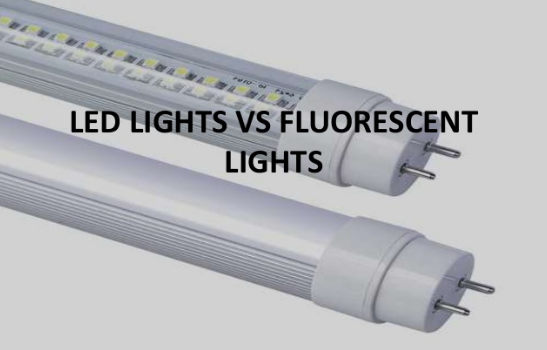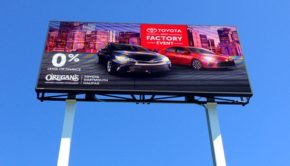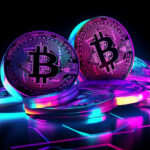Energy consumption comparison between LED light and florescent light
The statistics of the use of LED light for home and commercial purposes is rising and, something tells us that it’s soon going to replace all the other lights in the market. The amazing light-emitting diode lighting offers several benefits. The fact that it is an energy efficient light source makes it the best one for use. Nearly all the industrial sectors, restaurants, commercial shops and homes are shifting towards the use of LEDs. These lights come in various forms. They are available in the market as LED tube light and different types of bulbs.
The majority of the people are convinced that the industrial LED lighting is better than the fluorescent and other lights. They are more durable, up to ten times more long-lasting, do not include mercury and are cost-effective. Shedding light on the energy consumption of the LED and fluorescent lights reveals that the LED lights help save a lot of energy. The lower the energy consumption by the LEDs, the lower would be the cost of the electricity bills.
Comparison of energy consumptions between different lights:
For those who want to have a rough estimate of the energy consumption by LED and fluorescent lights, they can estimate it through this way.
Consider a 34 Watt T12 fluorescent light and an equivalent 16 Watt T8 LED light. Now if we look at the operational wattage of each tube, the former one uses 43 Watts while the LED uses 12 Watts. Thus, if the lights are functional 24/7, the annual consumption of fluorescent and LED light would be 376.68 kWh and 140.16 kWh respectively. Don’t you see the 50% plus difference in the energy consumption of both lights? This difference is the reason why LED lights are considered energy efficient. They help save a lot of energy which in return reduces the cost of the bills.
The consumption of less energy is, in other words, is referred to as saving the energy that is otherwise wasted. The more energy you save through these useful light-emitting diode lights, the better are the chances to cut down your utility expenses.
Ways through which LEDs save energy:
Do you want to know more ways through which LED lights save the energy? They are as follows:
1. It wastes less energy:
The fluorescent and other conventional lights are known for emitting infrared radiations. The amount emitted is more than the energy wasted by the LED lights. This suggests that the LEDs other than consuming less energy while functioning waste less energy as well, keeping the energy efficient feature of the lights intact.
2. LED is an unidirectional light:
The light emitted by the fluorescent tube spreads in a 360-degree direction. In this way, nearly 70% of the energy is wasted and the rest is directed towards the target. Unlike this, more than half of the energy consumed by the LED lights is directed towards the target. This is because the LED emits light in one direction over 180 degrees.
3. It makes air conditioning quite efficient:
The LED lights are known for generating or wasting less amount of heat energy. When less amount of heat is emitted in the room, the air conditioning unit works efficiently to get rid of it. These modern lights, unlike the conventional lights, ensure that the C unit work is reduced and so is the electricity bill.
The LED bulbs and tube lights, have over the time, shown the users how much they can benefit from their use. By replacing the fluorescent lights with these cost-effective and less energy consuming lights, you can save a lot of money and use it for other essential tasks. Every house owner, as well as a business runner, must take it seriously if he wants to conduct the activities in an energy-efficient manner.
Author Bio:
This guest post was written by Hassan Khan Yousafzai, he is passionate about Digital marketing. Along with educational background in Software Engineering he is bridging gap between marketing and development department. At Techvando, he has been consulting brands all over Pakistan to gain online traffic and profitable leads.


















